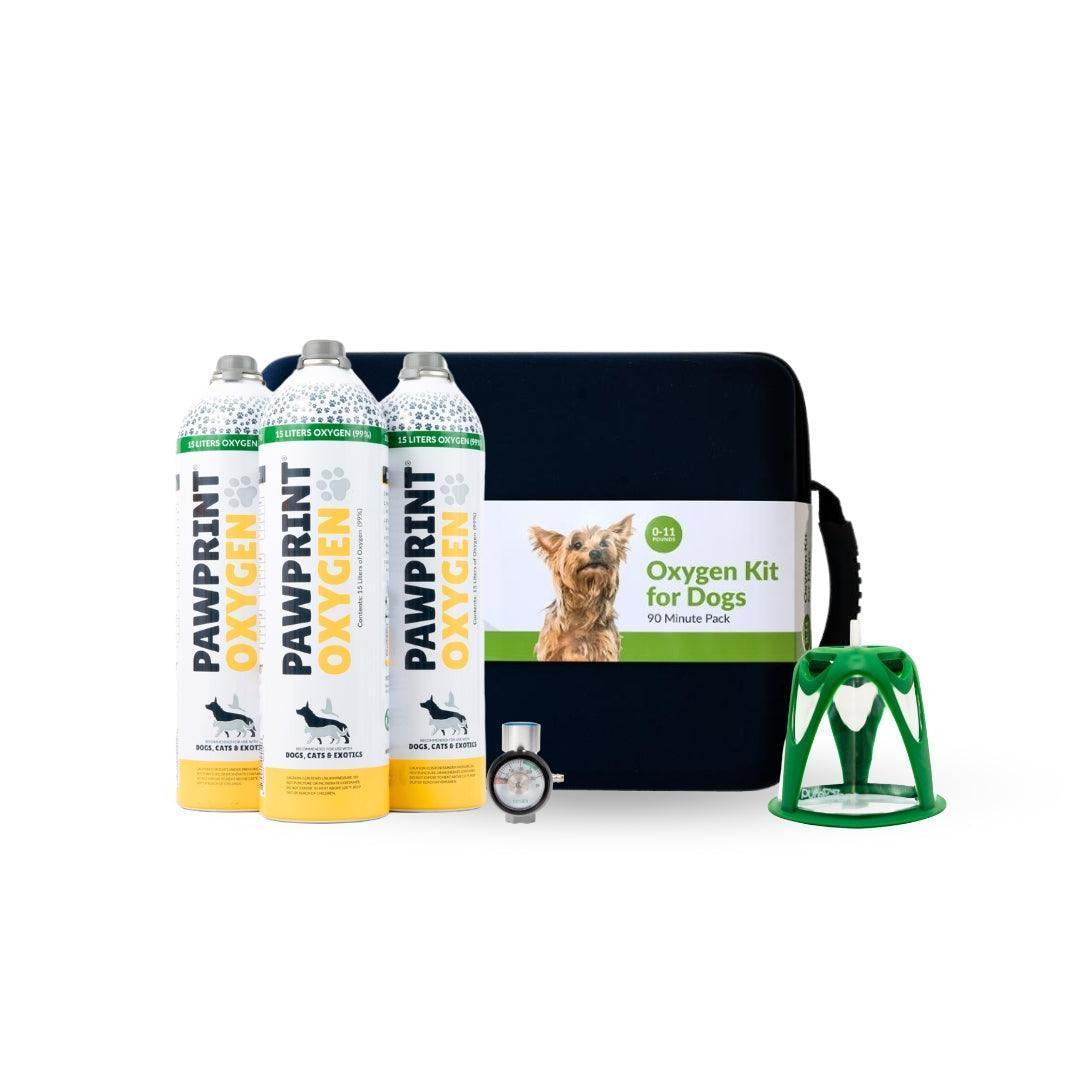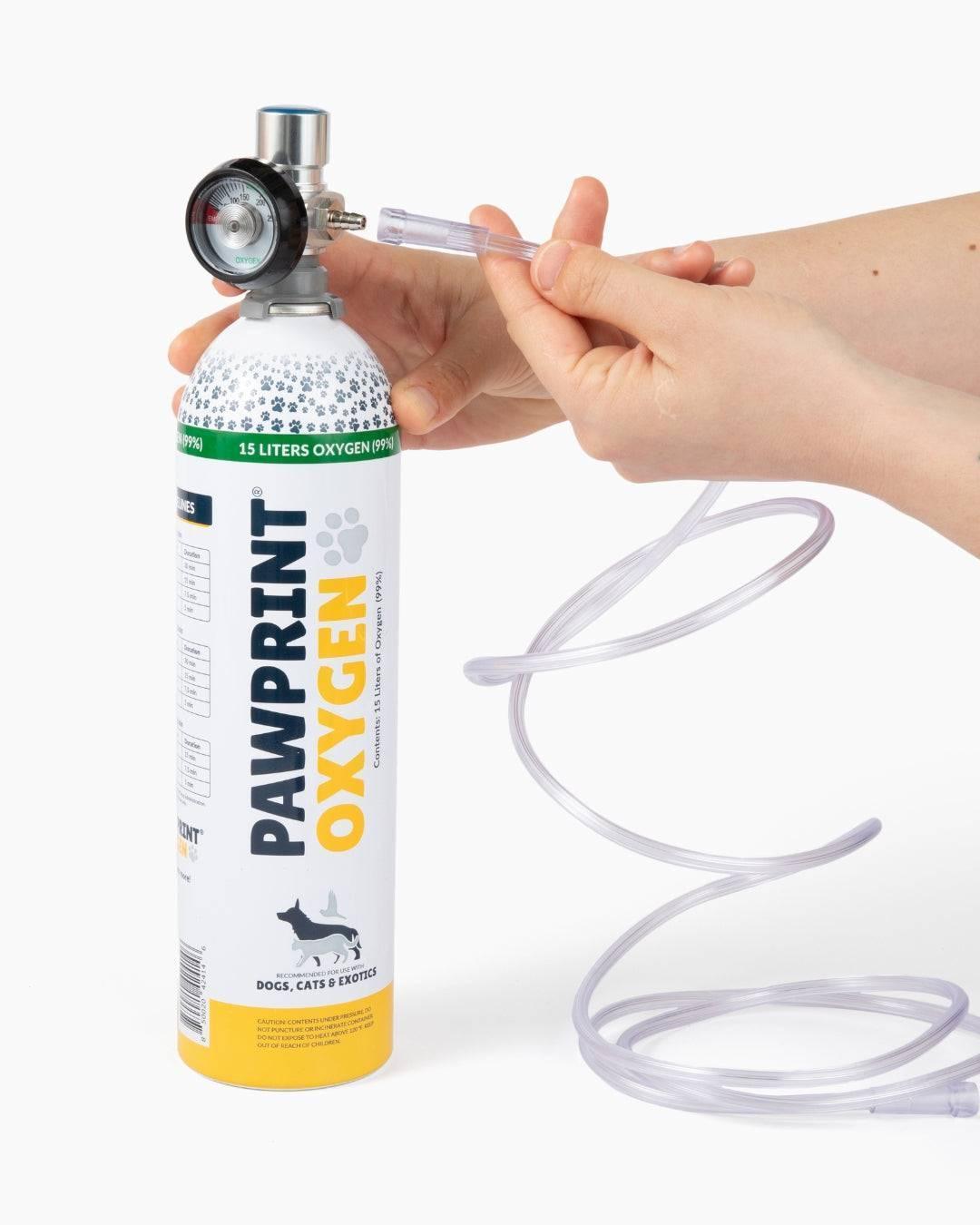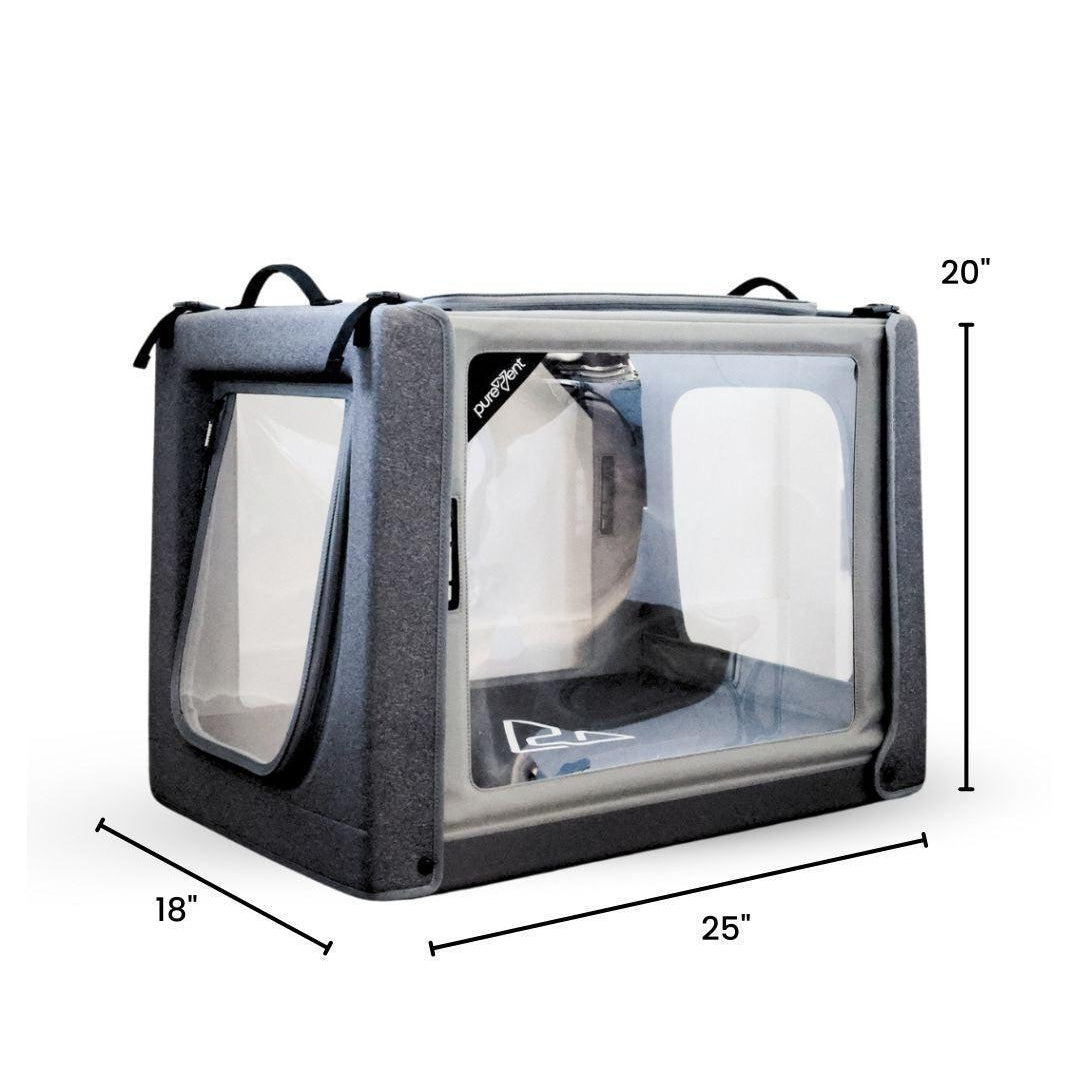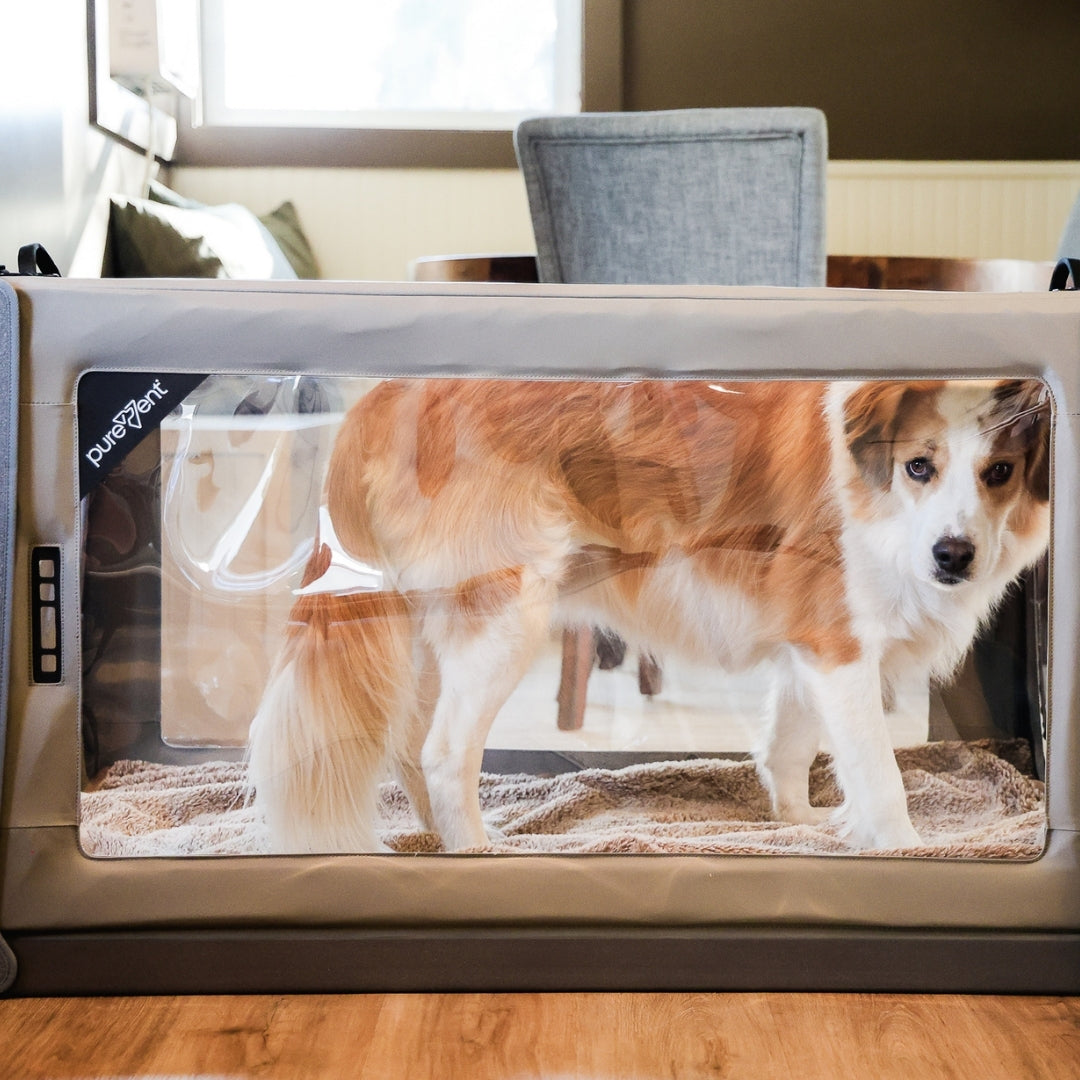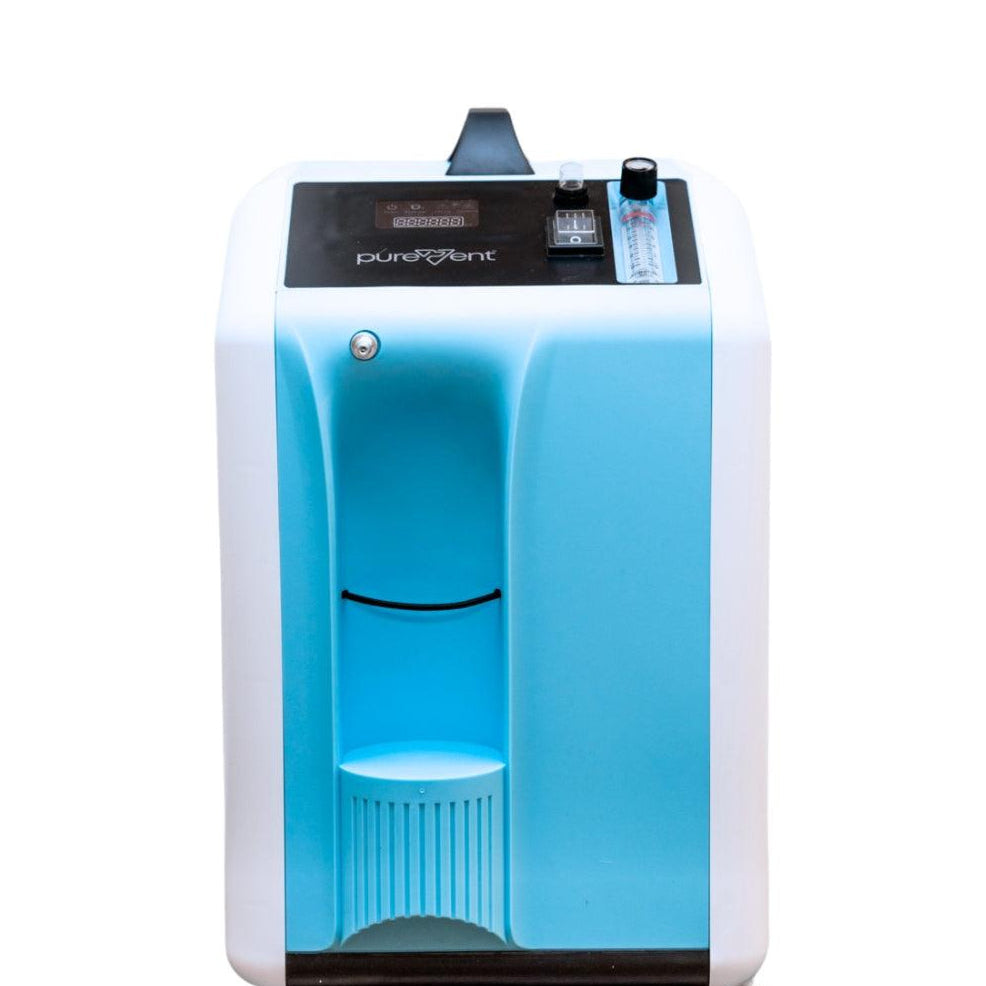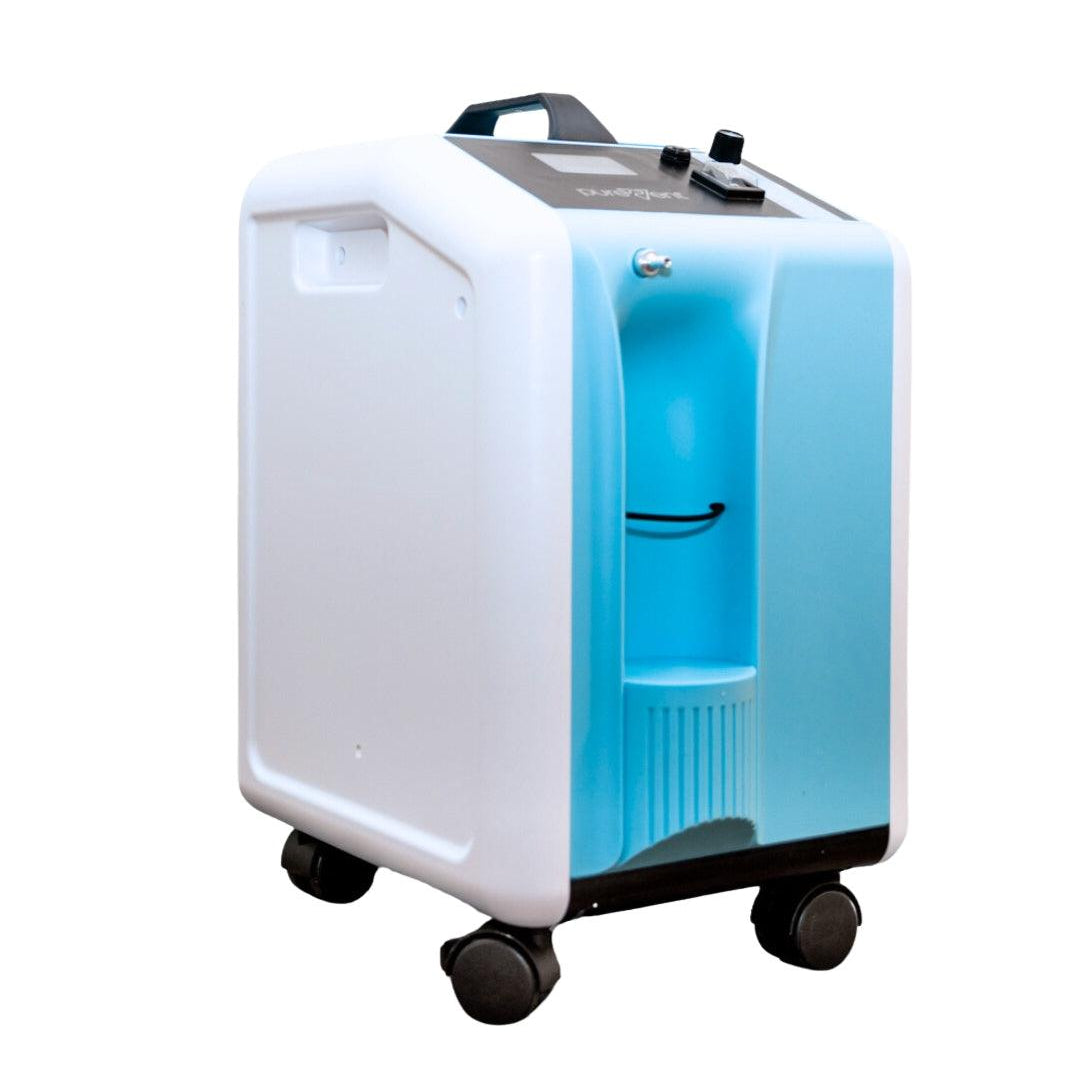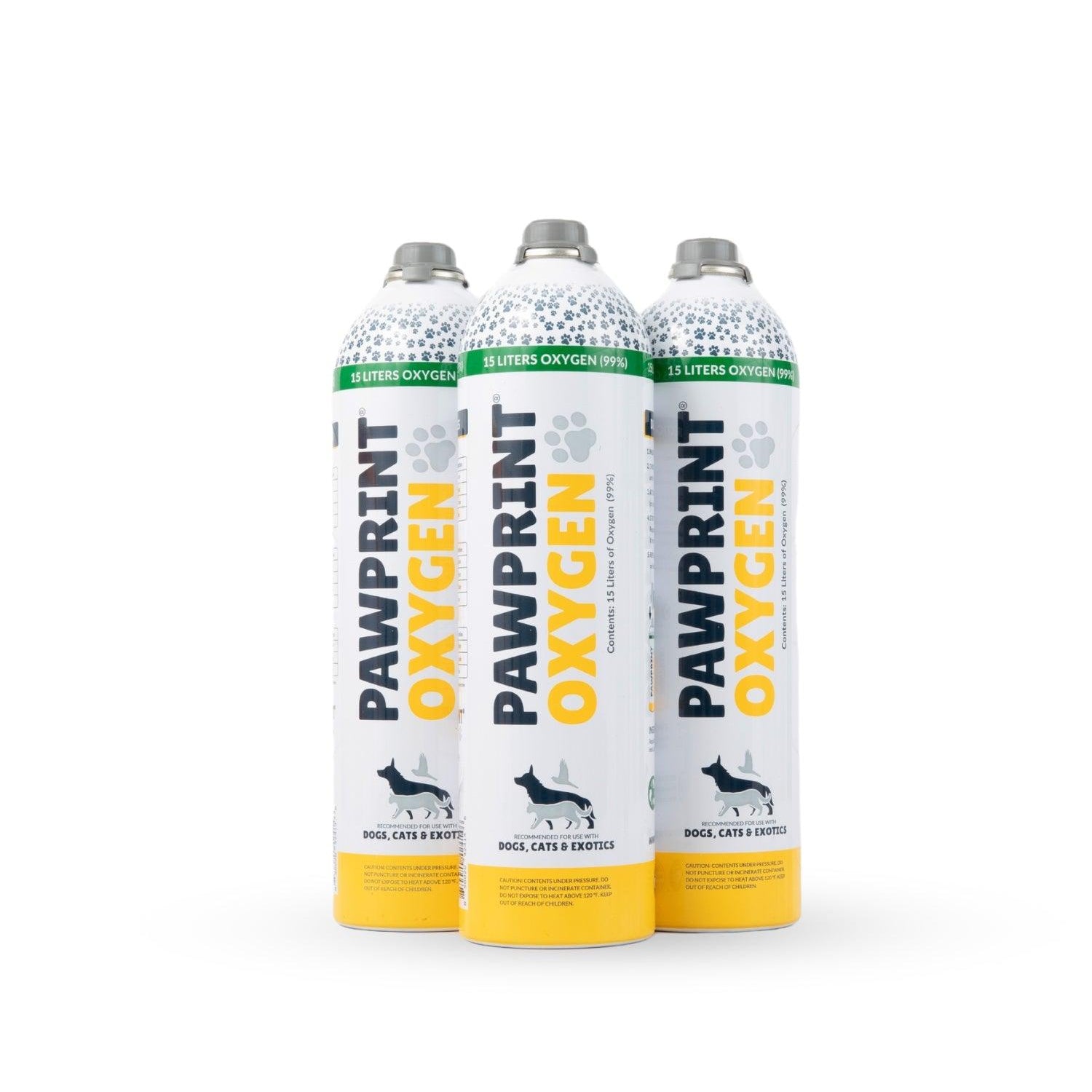Caring for a beloved dog as they approach the end of their life is a challenging and emotional journey for any pet owner. Making informed decisions about the best course of action for a beloved pet can be overwhelming, but it is essential to understand the available options to provide comfort and dignity in their final days. In this article, we will explore the differences between palliative care and hospice for dogs, two crucial components of end-of-life care.
End-of-life care for dogs encompasses various approaches aimed at ensuring their comfort, managing pain, and addressing both their physical and emotional needs as they near the end of their life. It is vital for pet owners to comprehend the distinctions and benefits of palliative care and hospice to make well-informed choices that align with their values and their dog's well-being.
Understanding these options is not only important for the physical health of the dog but also for the emotional and ethical aspects of decision-making. Pet owners are often faced with difficult choices that involve balancing the desire to prolong life with the need to alleviate suffering. This blog aims to shed light on these options, offering guidance and support for those navigating this sensitive and heartfelt journey.

By the end of this article, you will have a clearer understanding of palliative care and hospice , enabling you to make compassionate and informed decisions that honor your dog's life and provide them with the utmost care and comfort in their final moments.
Understanding Palliative Care for Dogs
Palliative care for dogs is a specialized approach that prioritizes comfort and quality of life rather than attempting to cure the disease. This type of care is centered around the dog’s physical, emotional, and sometimes even spiritual needs, ensuring that they remain as comfortable and happy as possible during their final months, weeks, or days. The primary objective of palliative care is to minimize suffering and provide a supportive environment that honors the bond between the pet and their family.
Palliative care is appropriate for a variety of conditions and illnesses, particularly those that are chronic or progressive in nature. This can include cancer, heart disease , kidney failure, liver disease, severe arthritis, and neurological disorders, among others. Essentially, any condition that significantly affects a dog’s quality of life and is not expected to be curable can be managed through palliative care. It’s about recognizing when the focus should shift from attempting to cure to ensuring comfort and dignity.
Early intervention is a key component of successful palliative care. Identifying the need for palliative care early in the disease process allows for more effective symptom management and better quality of life. Ongoing management involves regular veterinary visits to monitor the dog’s condition and make necessary adjustments to the care plan. It also includes providing support and guidance to the pet owner, helping them understand the progression of the disease, and preparing them for the decisions they may need to make regarding their pet’s care.

Understanding Hospice Care for Dogs
Hospice care for dogs is a holistic approach focused on providing compassionate care during the final stages of life. Unlike palliative care, which can be implemented at any stage of a chronic illness, hospice care is specifically designed for the end-of-life phase when a dog is nearing the end of their journey. The primary goal is to ensure that the dog experiences as much comfort and peace as possible, surrounded by familiar people and environments. This care involves managing pain and other symptoms, but with an added emphasis on emotional and spiritual support.
A key component of hospice care is the support it provides not only to the dog but also to the owner. The emotional toll of caring for a terminally ill pet can be overwhelming, and hospice care includes guidance, counseling, and practical assistance for the family. This can involve helping owners understand the end-of-life journey, making decisions about care, and providing resources for coping with grief. The aim is to create a supportive environment where the dog’s final days are filled with love and dignity, while also helping the owner navigate this challenging time.
Transitioning to hospice care typically occurs when the dog’s illness is terminal and that curative treatments are no longer effective or appropriate. This decision is often made in consultation with a veterinarian, who can provide insight into the dog’s condition and prognosis. Signs that it may be time to consider hospice care include significant declines in the dog’s quality of life, persistent and unmanaged pain, and a lack of response to treatments aimed at curing or controlling the disease. Hospice care is about shifting the focus from extending life to enhancing the quality of the remaining time.
Hospice care is appropriate for dogs with a terminal diagnosis and a limited life expectancy. This often includes conditions such as advanced cancer, end-stage organ failure, or severe, untreatable neurological disorders . The exact timing for transitioning to hospice care can vary, but it generally comes when life expectancy is measured in weeks to months, rather than years. The goal is to ensure that during this time, the dog is as comfortable and content as possible. Hospice care also helps owners prepare for the end, both emotionally and practically, ensuring that the dog’s final days are peaceful and meaningful.
Key Differences Between Palliative Care and Hospice for Dogs
Goals and Focus
Palliative care for dogs is primarily centered around managing symptoms to enhance the dog’s quality of life at any stage of a chronic or serious illness. The focus is on alleviating pain, managing discomfort, and addressing other physical or emotional needs to help the dog live as well as possible. This type of care aims to improve daily comfort and maintain a good quality of life, regardless of the disease's progression.
Hospice care, on the other hand, is specifically designed for dogs in the final stages of life. The main goal is to provide comfort and peace as the dog nears the end of their journey. This care focuses on ensuring that the dog experiences minimal pain and distress, emphasizing emotional and spiritual support for both the dog and their family. Hospice care is about creating a serene and loving environment during the dog’s last days or weeks.
Pet Oxygen Concentrator - PureVent 5L
The PureVent 5L Oxygen Concentrator plugs into a wall outlet (120V) and concentrates oxygen from room air, providing high purity oxygen gas (>90%). The oxygen concentrator provides continuous flow oxygen (does not need to be refilled) and is recommended for pets requiring extended oxygen therapy. Use the oxygen concentrator with a PureVent Pet Oxygen Mask or an oxygen chamber.
Timing and Duration
Palliative care can be initiated at any point after a diagnosis of a chronic or serious illness. It can be provided alongside curative treatments, continuing for months or even years as needed. This approach allows for ongoing management of symptoms throughout the course of the illness, adapting to the dog’s changing needs over time.
Hospice care is usually started when curative treatments are no longer effective or appropriate. This typically occurs when a terminal diagnosis has been made and life expectancy is limited to weeks or months. The transition to hospice care signifies a shift in focus from trying to extend life to ensuring that the dog’s remaining time is as comfortable and dignified as possible.
Can I refill my canister after use?
Oxygen canisters cannot be refilled. Please recycle your empty canisters. You can reorder canisters at any time!
What is the shelf life on the oxygen canisters?
We have a two-year shelf life on our oxygen canisters. This shelf life is for the seal on the oxygen canister itself, not the oxygen.
Store canisters in a cool, dry place and if the seal is not tampered with, the oxygen will stay in the canister.
How long does each oxygen canister last?
Pawprint Oxygen Canisters can last up to 30 minutes. How long the canisters last is dependent on the flow rate that you’re using.
The flow rate is the “dosage” of the oxygen drug and determines the rate at which the oxygen gas leaves the canister.
Your Portable Oxygen Kit will include a regulator that is pre-set to the flow rate dictated by the weight range best for your pet. If you did not purchase a kit, and need a regulator, they can be purchased separately.
These are the durations that the canister will last for each of the flow rates:
0.5 Liters per minute: 30 minutes
1.0 Liters per minute: 15 minutes
2.0 Liters per minute: 7.5 minutes
3.0 Liters per minute: 5 minutes
Scope of Care
In palliative care, the treatment plan may include therapies and interventions aimed at prolonging the dog’s life while managing symptoms. This can involve medications, surgeries, or other procedures that help control the disease and enhance the dog’s quality of life. The overarching goal is to support the dog’s well-being while also addressing the underlying condition.
Hospice care, however, focuses solely on comfort without aggressive interventions. The emphasis is on pain relief, emotional support, and creating a peaceful environment for the dog’s final days. Aggressive treatments or procedures that aim to prolong life are typically avoided, as the primary objective is to minimize suffering and maximize comfort. Hospice care involves careful management of symptoms and compassionate care, ensuring that the dog’s last moments are spent in peace and surrounded by love.
Understanding these key differences helps pet owners make informed decisions about the best care approach for their beloved dogs, ensuring that their needs and comfort are prioritized at every stage of their journey.

The Role of Veterinarians and Specialists
When deciding on palliative or hospice care for a dog, a thorough diagnosis and prognosis are essential. A veterinarian's comprehensive evaluation, including tests and consultations, helps pet owners to better understand their dog's illness and create tailored care plans.
Open communication between veterinarians and pet owners is crucial. Discussing treatment plans and preferences that align with the family's wishes and the dog's best interests is essential to making the best choice for the dog. Taking into consideration the dog's quality of life, the family's ability to provide care, and their emotional readiness is also important. This dialogue should cover the benefits and limitations of palliative and hospice care for informed decision-making. A collaborative approach involving veterinary specialists and caregivers ensures comprehensive care. Specialists like oncologists and pain management experts may offer further insights, while veterinary technicians and family members provide daily care and support, ensuring consistent and well-rounded care.
Creating a holistic care plan involves considering physical comfort, emotional support, and possibly spiritual needs. The plan should be flexible, with regular veterinary check-ins to address changing conditions and new concerns. This holistic approach enhances the dog's quality of life and supports the family during a challenging time.




